Emergencies strike without warning, often catching us off guard. While we may think, “This will never happen to me,” being unprepared can turn a manageable situation into a disaster. Knowing how to act quickly and decisively in life-threatening scenarios can make all the difference. Below, we explore eight crucial situations and how to survive them.
1. Surviving a Falling Elevator
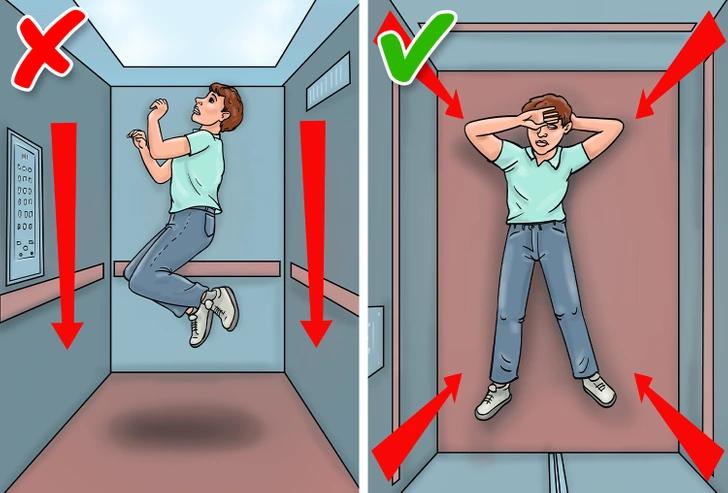
The idea of being in a plummeting elevator is terrifying, but knowing how to respond can save your life.
- Lie Flat on Your Back: If you can, lie down to distribute the force of impact evenly across your body. This minimizes injury as your muscles and fat absorb some of the shock.
- Sit if Lying Down Isn’t Possible: Sitting is a better option than standing because your buttocks can cushion some of the impact.
- Protect Your Head: Use one arm to shield the back of your neck and the other to cover your face. This reduces the risk of severe head injuries.
2. How to Survive a Wolf Attack

Encounters with wolves are rare, but if it happens, staying calm is crucial.
- Don’t Run or Make Eye Contact: Running triggers a wolf’s chase instinct, and direct eye contact may be seen as a challenge.
- Appear Dominant if Threatened: Raise your hands, clap, and shout confidently. This might confuse the wolf and give you time to back away slowly.
- Use Objects to Defend Yourself: Throw sticks or rocks to scare the wolf and assert your dominance. If you’re in a group, form a circle for mutual protection.
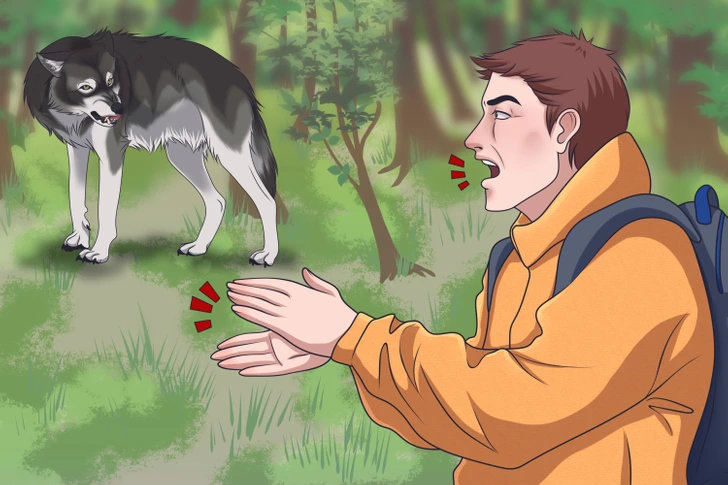
3. Escaping After Falling Through Ice
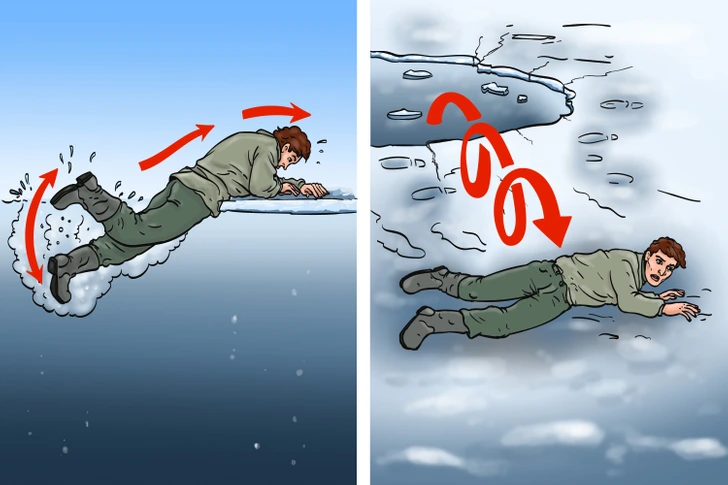
Falling into icy water can shock your system, but quick thinking can save you.
- Control Your Breathing: Avoid gasping underwater. Take slow, controlled breaths to conserve energy.
- Get Horizontal: Kick your legs to lift your body horizontally and try to slide onto the ice.
- Roll, Don’t Crawl: Once on the surface, roll away from the hole to distribute your weight evenly and prevent further breakage.
4. Staying Safe During a Flood
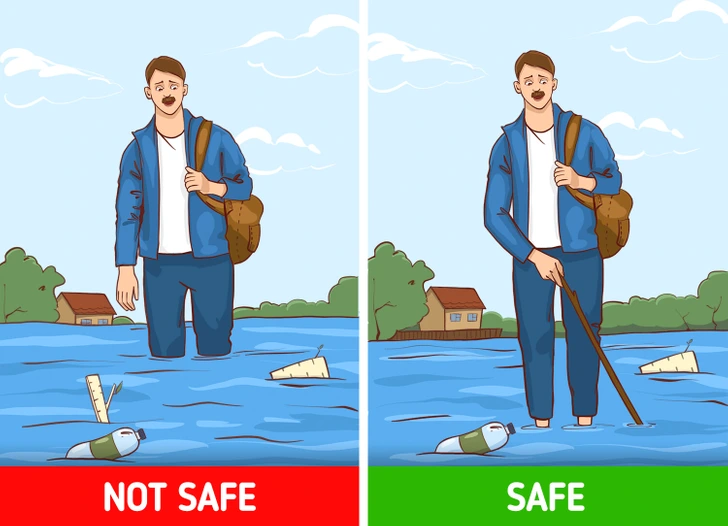
Floods are among the deadliest natural disasters, often underestimated by those caught in them.
- Avoid Moving Water: Six inches of water can knock you off your feet, and deeper currents can sweep you away.
- Turn Off Electricity: If you’re indoors, unplug devices and shut off electrical power to prevent electrocution.
- Test Depth with a Stick: If you must walk through water, use a stick to check for hidden debris or unstable ground.
5. Surviving an Avalanche
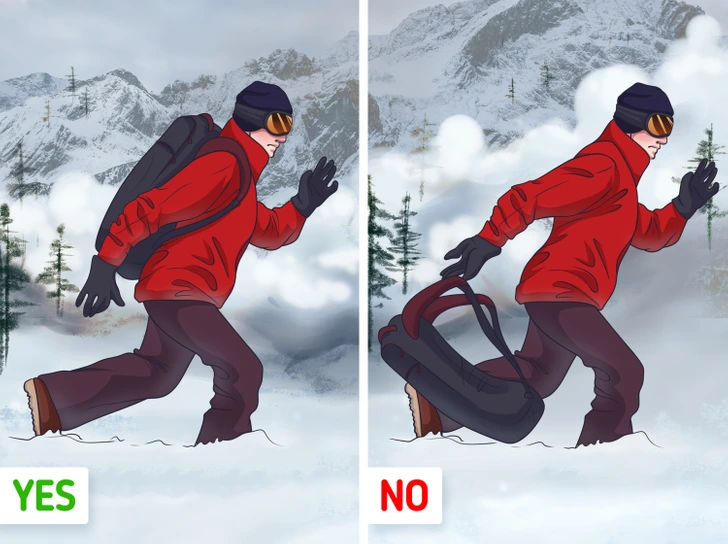
Outdoor enthusiasts know the risks of avalanches, but preparation is key.
- Swim Through the Snow: Use a swimming motion to stay near the surface as the snow moves.
- Create Breathing Space: Once the snow stops, dig a pocket around your face to ensure you can breathe.
- Use Rescue Devices: Carry an avalanche beacon or radar to help rescuers locate you quickly.
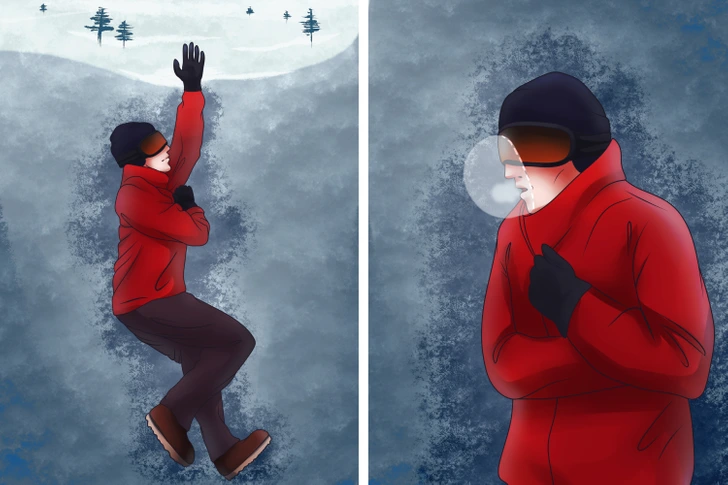
6. Escaping a Fast River Current
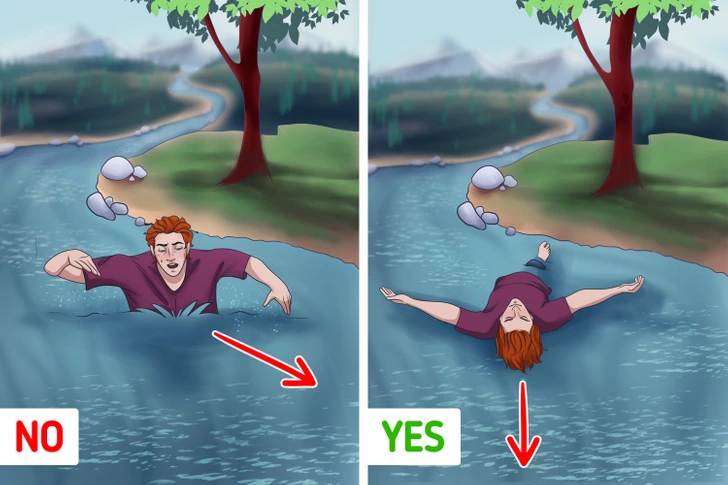
Rivers with strong currents are deceptively dangerous, but understanding water dynamics can keep you safe.
- Swim Diagonally: Move at a 45-degree angle toward the shore rather than fighting the current head-on.
- Float with Your Feet Downstream: Protect your head by facing upstream, and use your feet to push away debris until you reach calm water.
7. Exiting a Car Hanging Off a Cliff
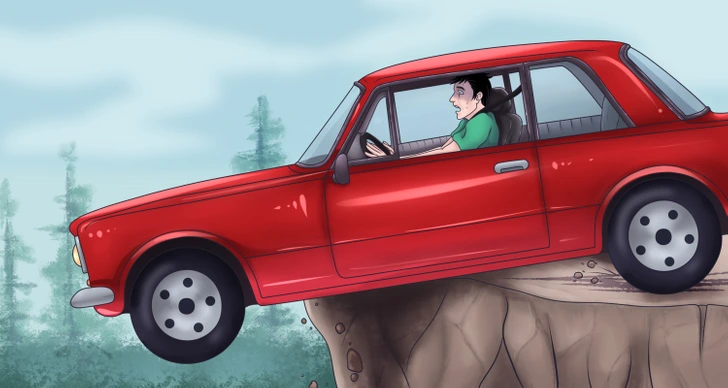
A car dangling on the edge of a cliff feels like a movie scene, but strategic movements can save you.
- Move Slowly: Sudden shifts in weight can destabilize the car. Plan your movements carefully.
- Exit from the Rear: If the car’s front end is hanging over, recline your seat and crawl toward the back to escape.
- Unlock All Doors: Open windows and unlock doors to provide multiple exit points for everyone in the car.
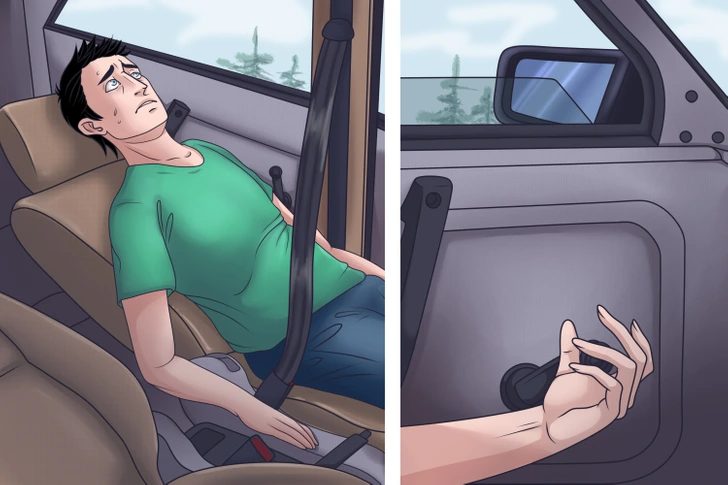
8. Defending Yourself from an Attack from Behind
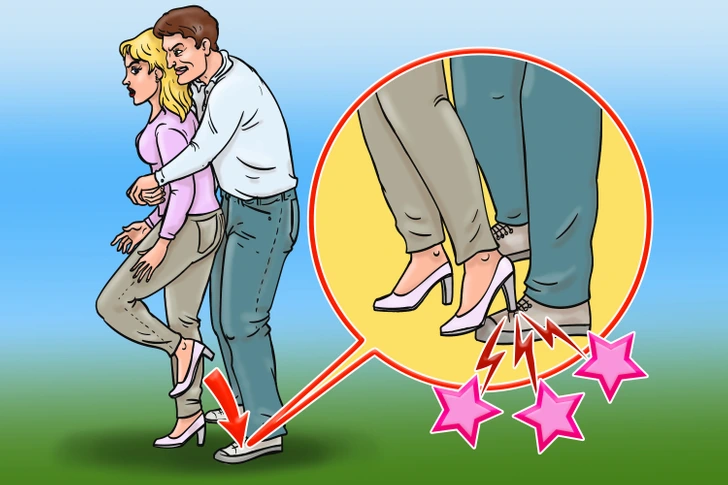
Self-defense is about quick thinking and using your surroundings to your advantage.
- Use a Foot Stomp: If someone grabs you from behind, stomp down hard on their foot. This can break bones and give you a chance to escape.
- Aim for Vulnerable Areas: Target areas like the eyes, nose, or throat if you need to fight back.
- Be Aware of Your Surroundings: Prevention is key—stay alert and avoid isolated areas whenever possible.
Conclusion
Emergencies are rare but can happen to anyone, anywhere. By understanding these life-saving strategies, you can face unexpected dangers with confidence and clarity. Preparation is your best defense because when seconds count, knowing what to do can mean the difference between life and death. Stay safe, stay prepared, and never underestimate the power of quick thinking.


